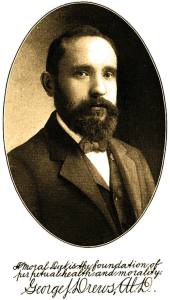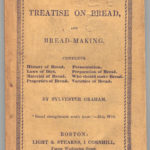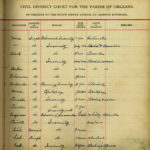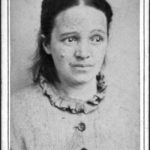As generations move away from them, old ideas become new again. Just as foraging has become popular in the past few years (see last post), so has the idea of eating raw foods. George J. Drews wrote about “unfired food” in 1912 in Unfired Food and Trophotherapy. (Troph simply means “preparing and combining provisions for the unfired diet.”) His ideal dinner consisted of soup, salad, a “brawnfood” (such as two ounces of unfired wafers with nut butter or three ounces of unbaked bread or cake) nibblers, and fruit.
Drews also anticipated today’s juicing craze with his “health drinks.” Besides typical “ades” like lemon and limeade, he suggested a tonic drink of beet juice, rhubarb juice, honey and water.
A bit more unappetizing was his suggestion for oatmeal fruit soup: 6 1/2 ounces of grape juice, 1 ounce oatmeal, and 1/2 ounce of olive oil, beaten together and left to soak for five minutes before serving.
Drews was convinced that natural foods could prevent disease and help heal the body; he also had a high distrust of medical drugs and their effects on the body. He scoffed at people who ate unnatural cooked foods and who were then willing to swallow “nauseating drugs irrespective of the dangerous after effects the expected cure may lead to.”
Drews may have been an unwitting feminist, since he characterized housewives as “imprisoned vassals” who were tied to the kitchen because of the unnatural American diet. “She must stand over a miniature furnace for an hour in the morning and breathe the poisenous [sic] odor of broiling flesh, and spend another hour among the grease and slime of pots . . . . “









I have a bit of information on several patients, though nothing comprehensive. If you could tell me which patients are buried at St. Elizabeths, I can give you what I have.
Good morning,
I work at Saint Elizabeths Hospital in Washington DC – the hospital to which the patients from Canton were sent in 1933 when Canton was closed down. Some of those patients spend their remaining days at Saint Elizabeths and are buried in our cemetery. We would like to know more about their lives before hospitalization, so I was wondering if you, or any of the folks who read your blog, might recognize any of the names and have suggestions as to how to find out more about them. Unfortunately, our hospital records do not indicate their tribal or clan affiliation.
Thank you,
Maureen